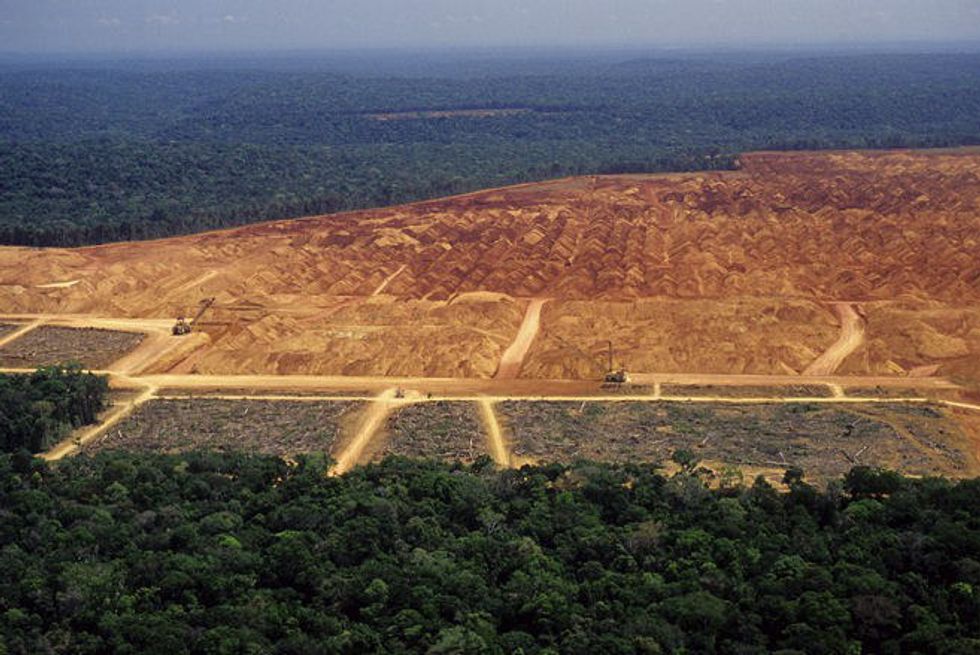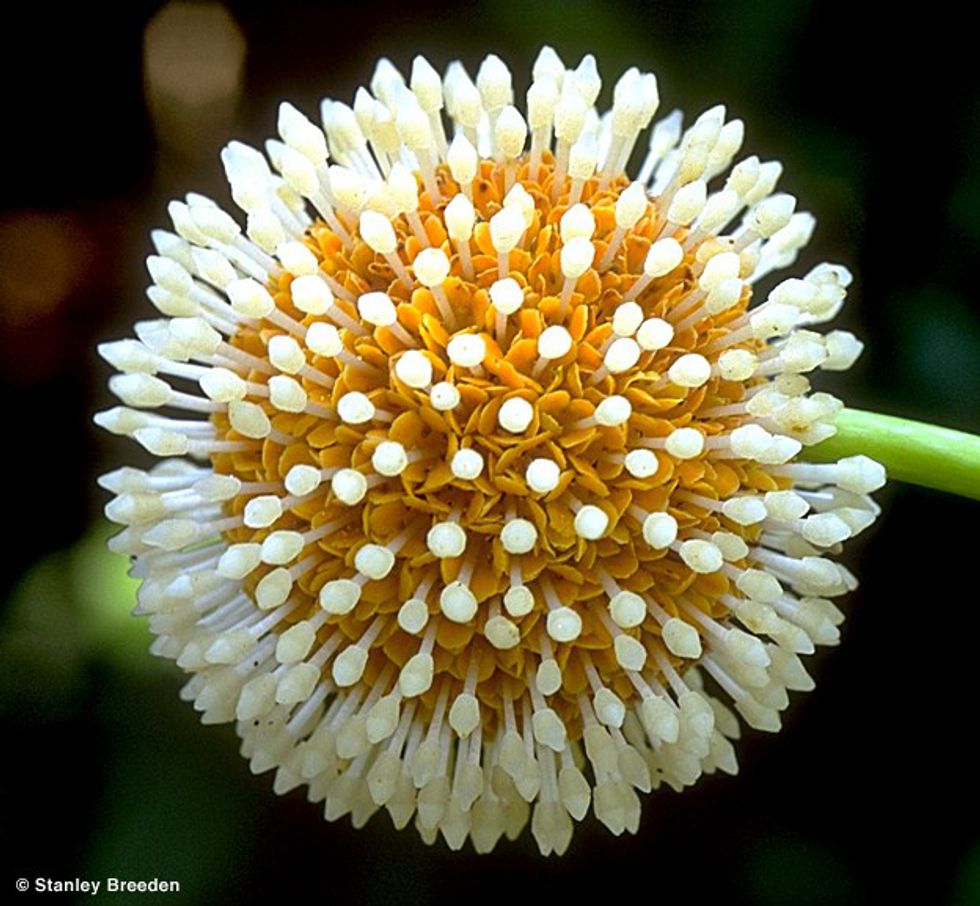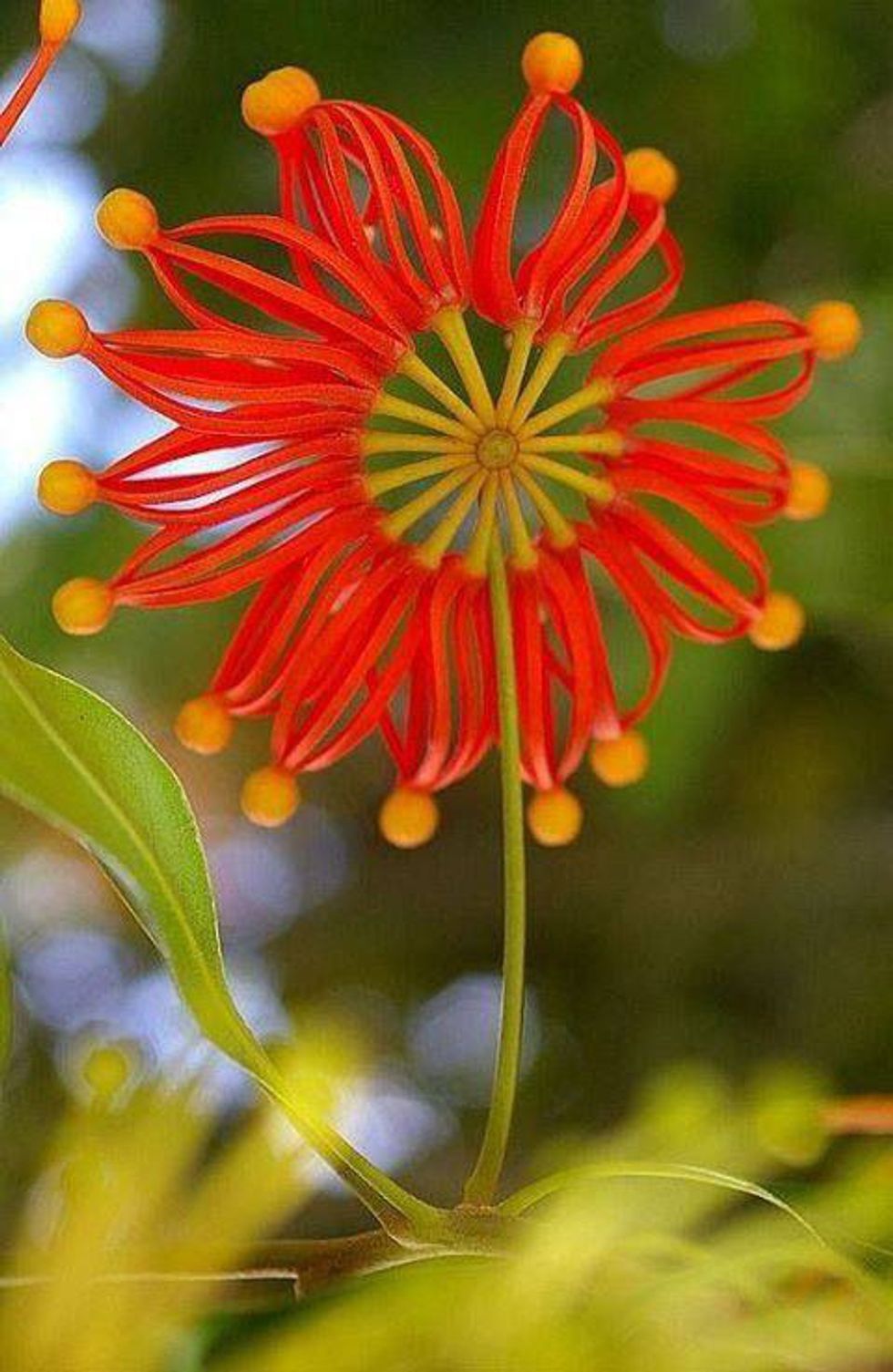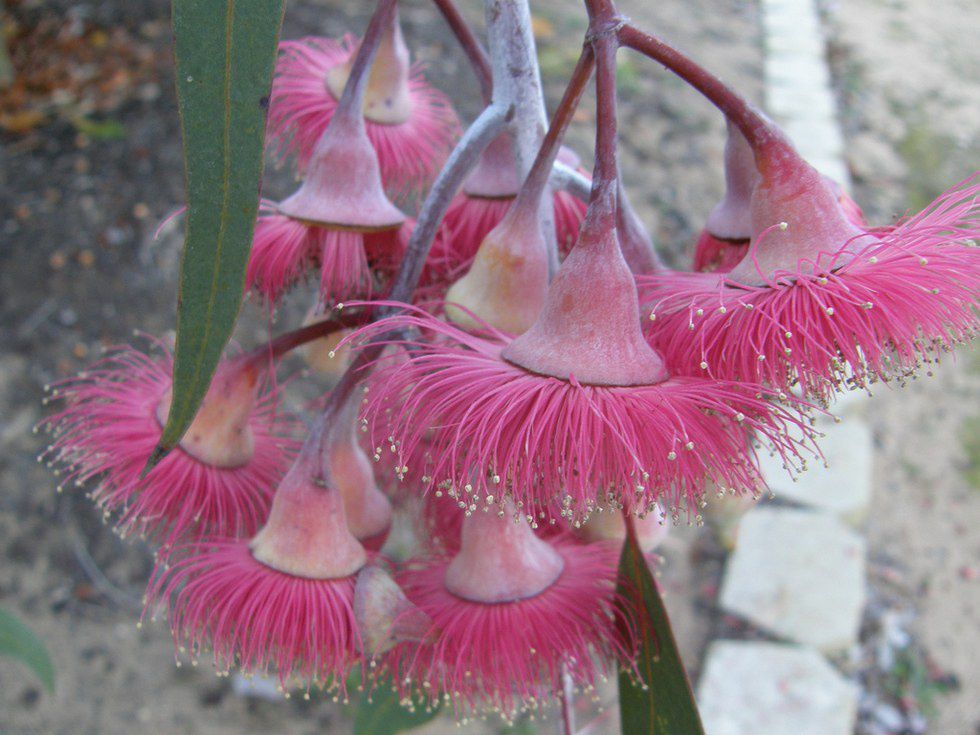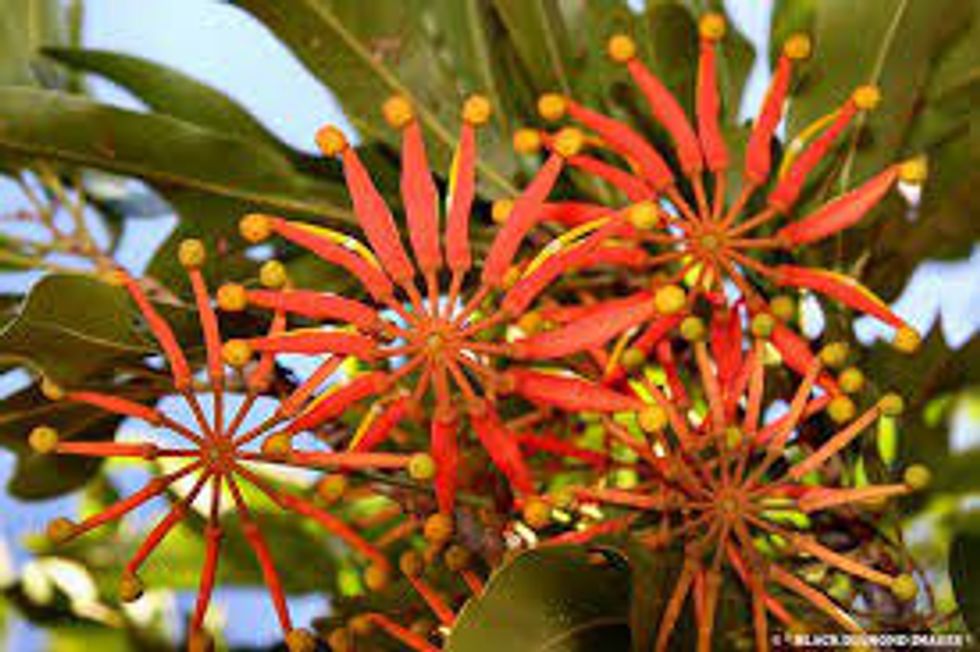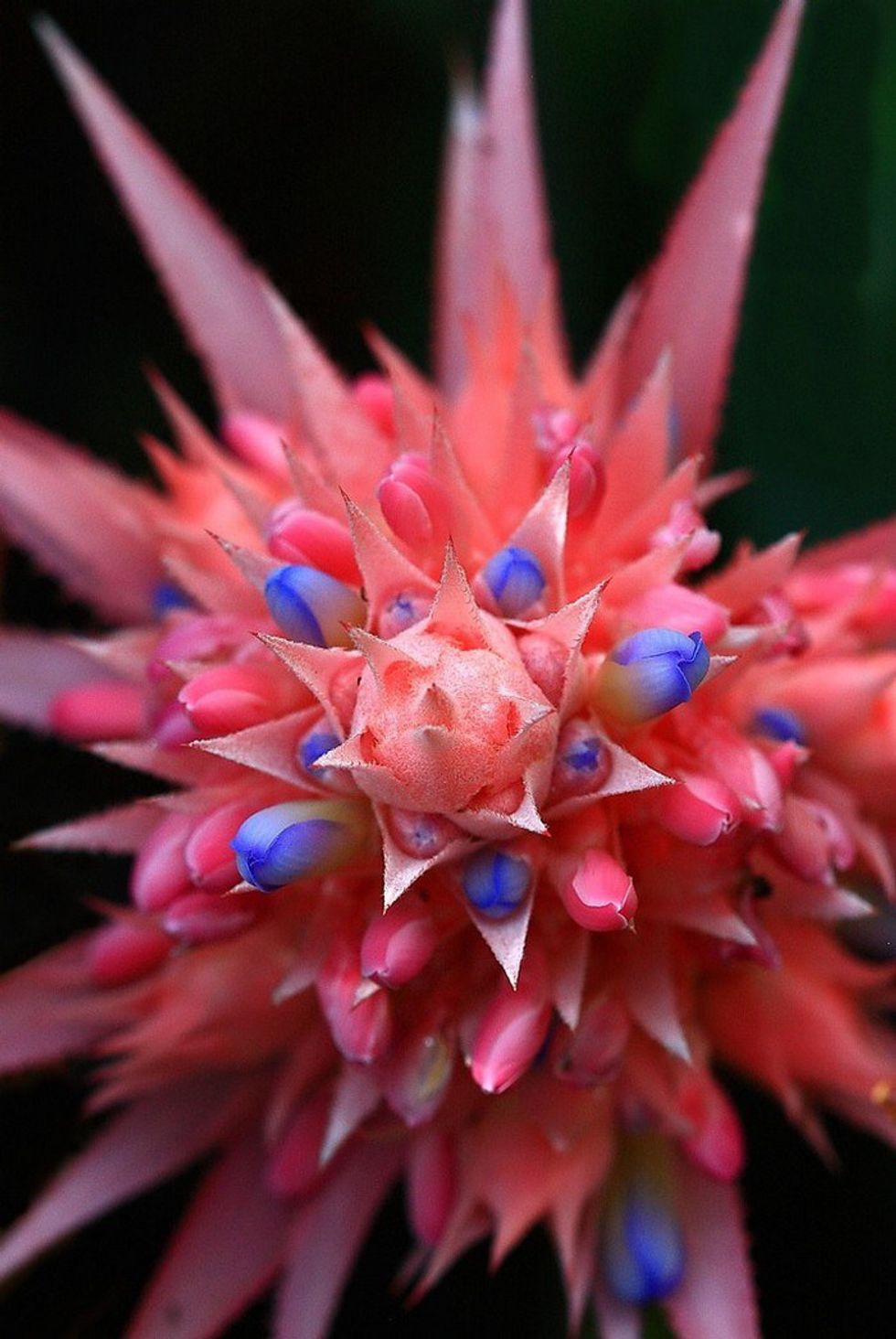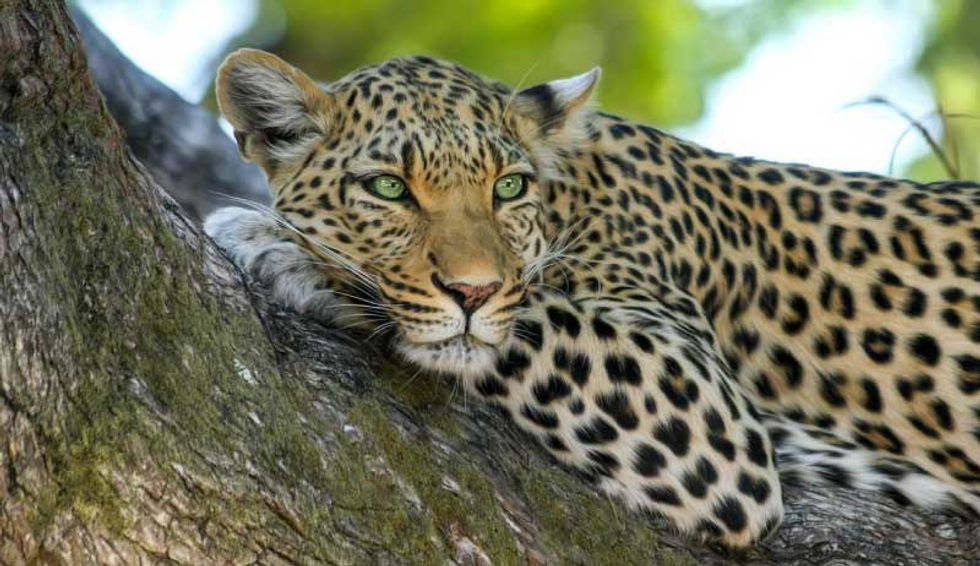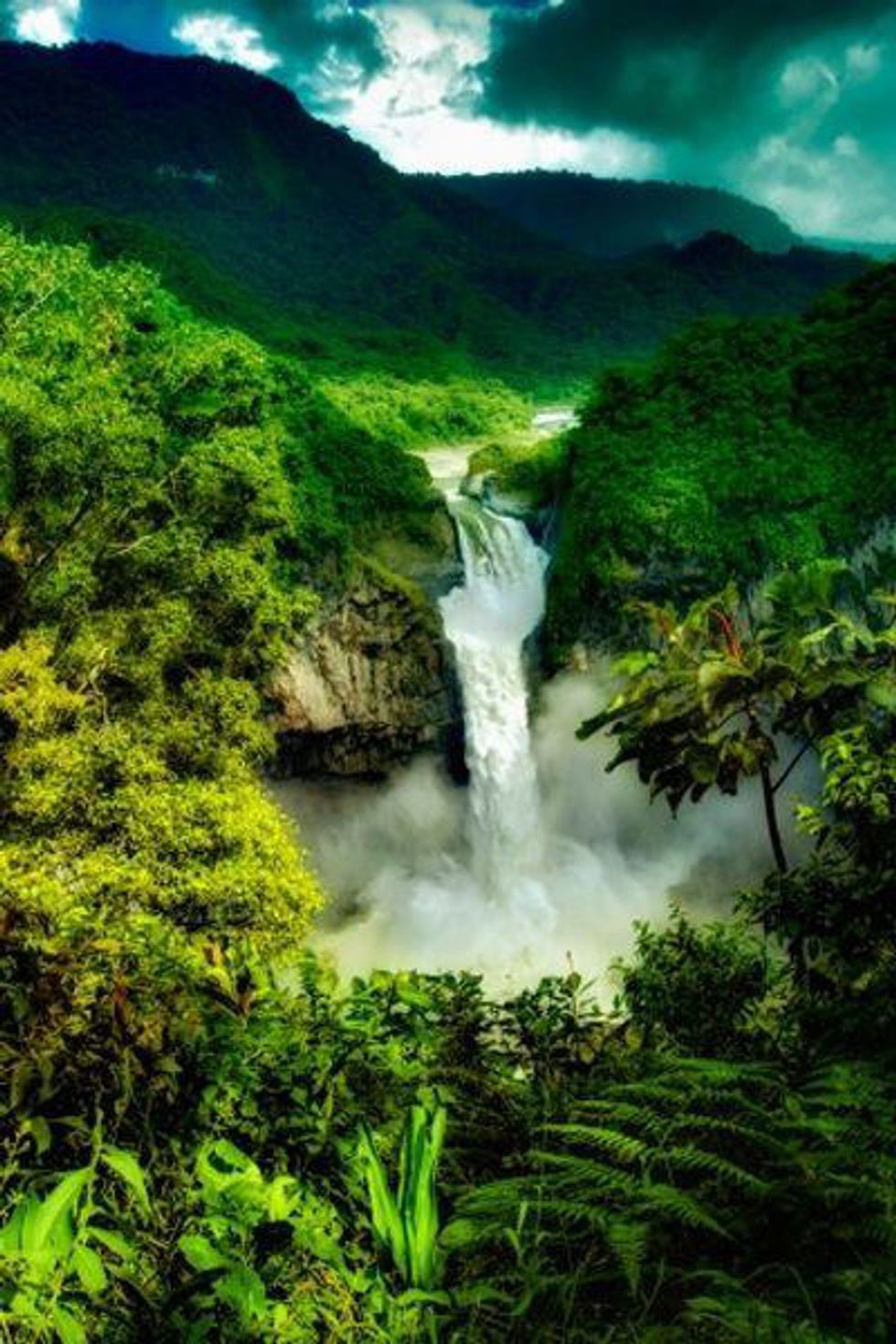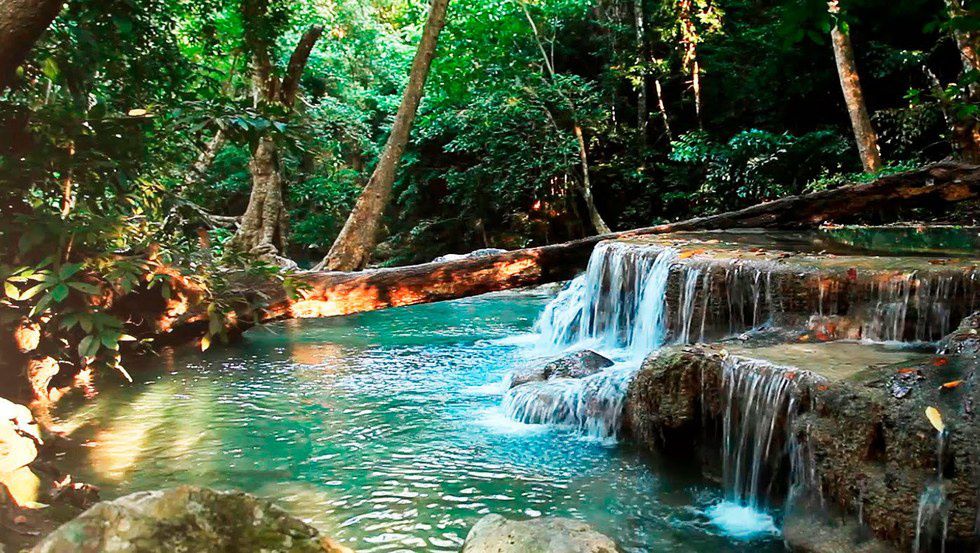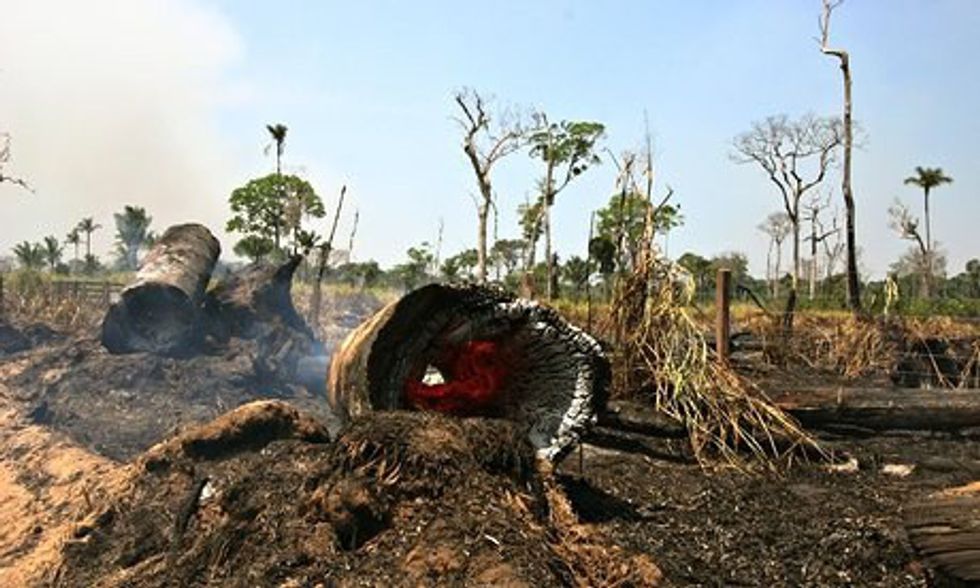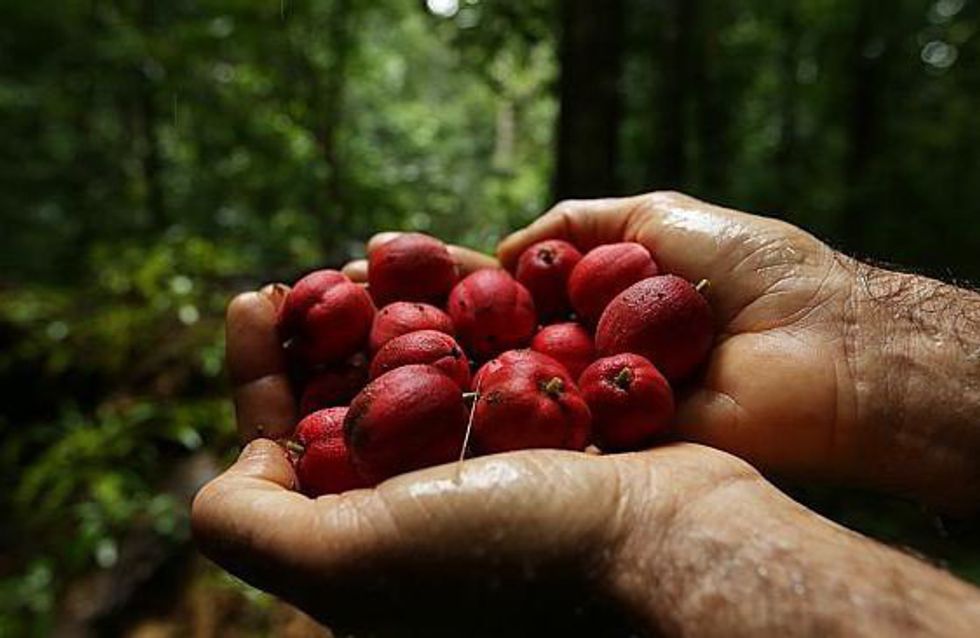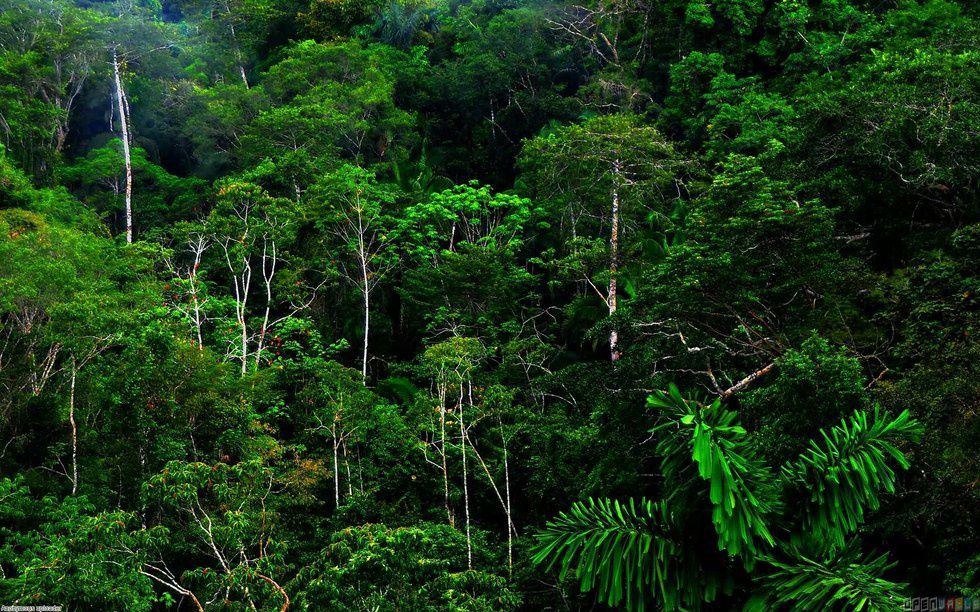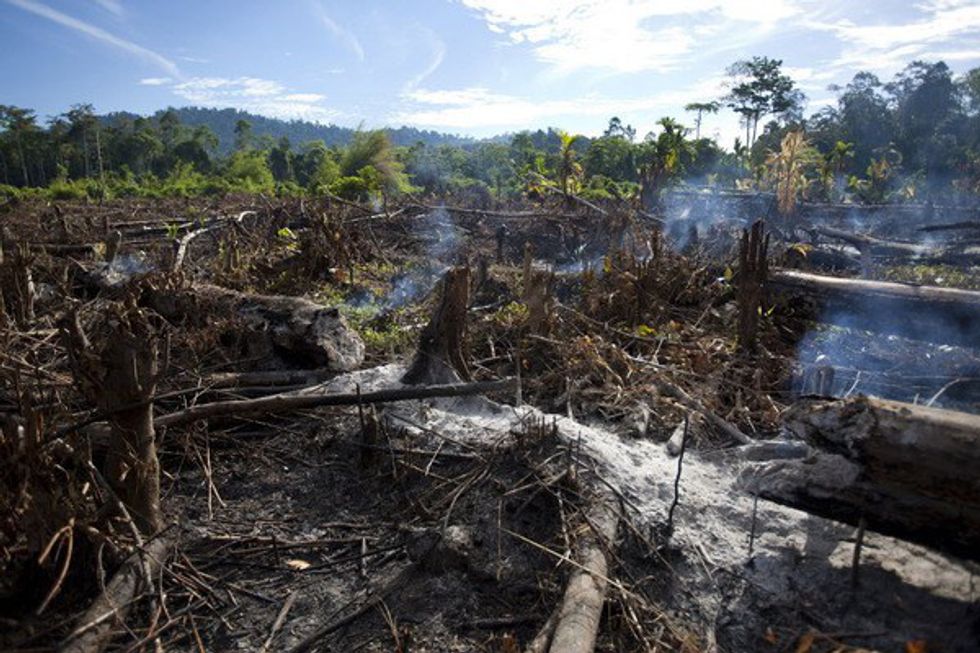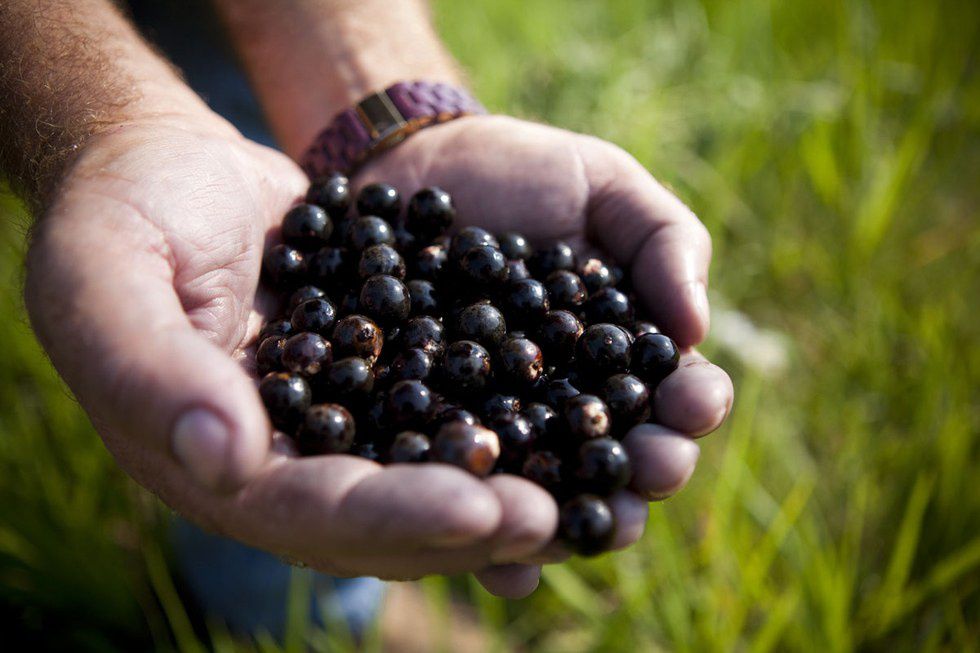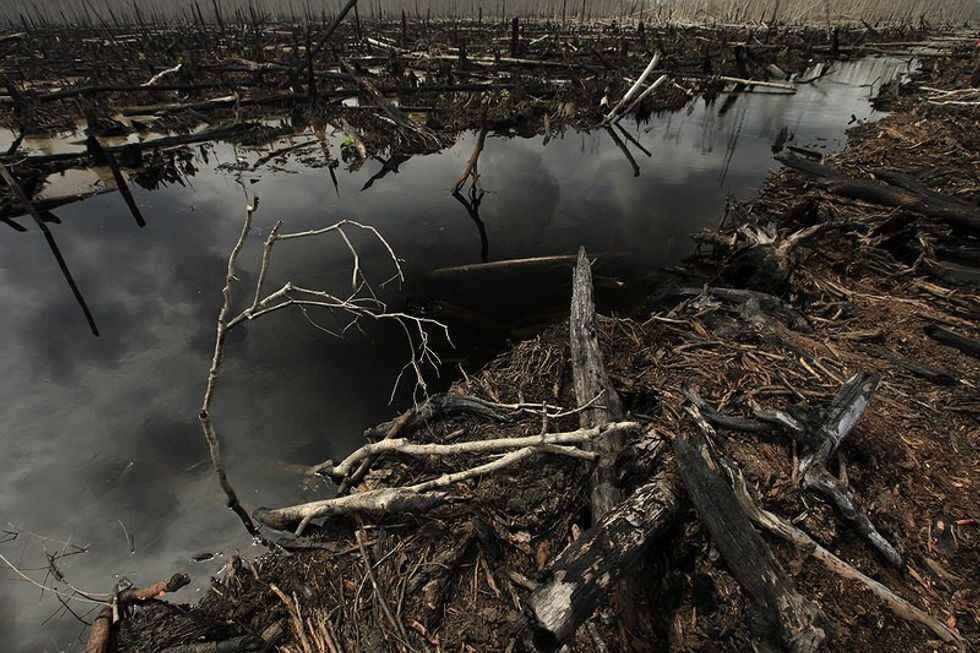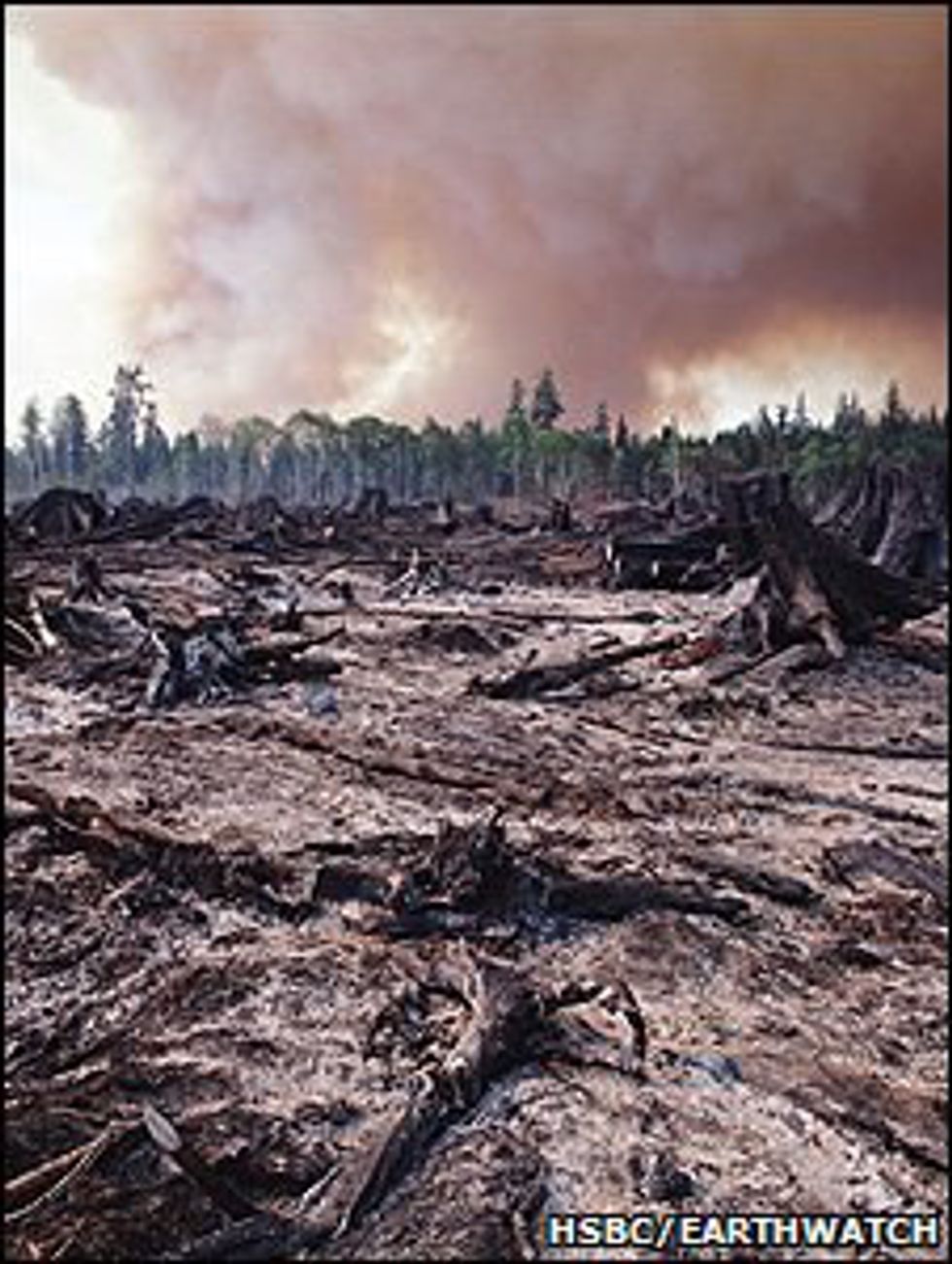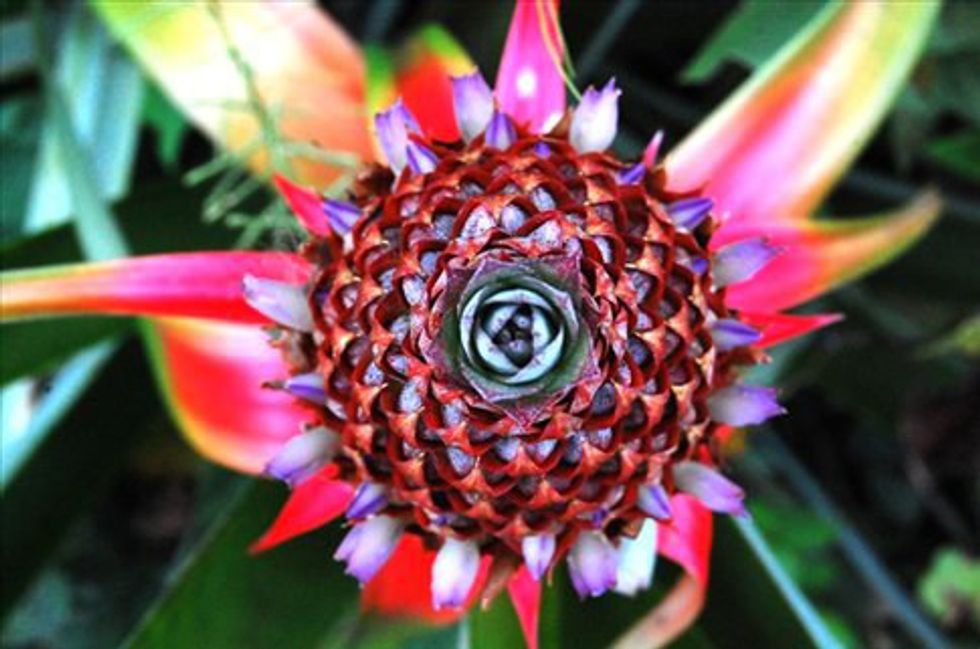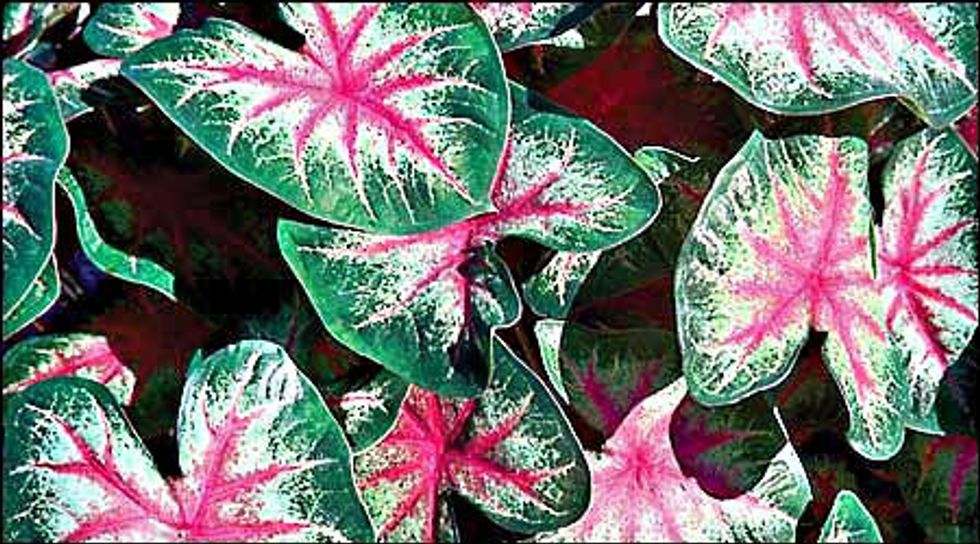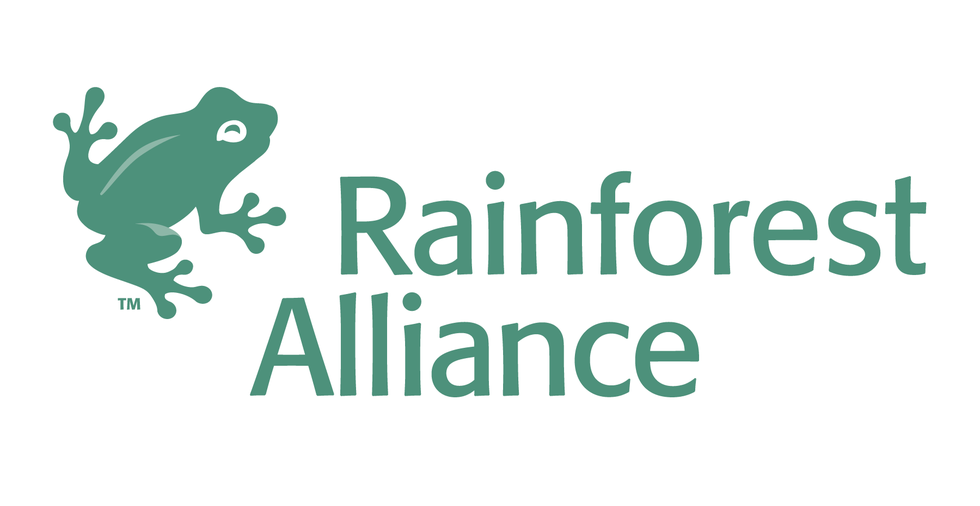The Rainforests, magical lands of mystery and enchantment are being destroyed at an alarming rate to support low-quality consumerism, gluttony, and corporate pockets. Unfortunately, our binge of Mother Earth's resources is harmful to not only her being, but our overall lives. Our oxygen supplies, water sources, and health are being threatened with each massacre of the rainforests.
1. An area of a rainforest the size of a football field is being destroyed each second.
Due to human destruction, vasts amounts of the rainforest are demolished each day. One reason the rainforests are being destroyed is for cattle farming. Commercialized ways of farming are disrupting the ecosystem, as they declare fetor destruction and warefare on the mother Earth.
Recommended for you
2. 80% of the flowers in the Australian rainforests are not found anywhere else in the world.
3. A variety of medicinal plants come from the rainforests
Lapacho:
Also commonly known as Pau D'arco, this is perhaps the best known South American remedy available in the U.S. It has been recommended for many ailments, including cancer (esp. Leukemia), candida and a host of other infections, relief of pain in chemotherapy, arthritis, etc. It demonstrates a marked anti-oxidant effect and has been shown to be an effective inhibitor of bacteria, viruses, parasites and fungi. In folklore it is also listed as a diuretic, sedative, decongestant, and hypertensive. It is considered one of the world's great tonic herbs.
Passion Flower:
This is perhaps one of the earliest (1569) rainforest plants to be exported and eventually cultivated in Europe and the U.S. It has always been used as a sedative, to reduce anxiety and tension. It also has a mild analgesic action. Passion flower is a favorite remedy for PMS and insomnia.
Stevia:
The leaf of the stevia plant, a native of rainforest in Paraguay and Brazil, is several hundred times sweeter than sugar, calorie-free, health promoting, completely free of side effects, and poses a great threat to the giants of the artificial sweetener business. For this reason the FDA has banned the import of stevia for many years. Recently, the ban was lifted, probably because some large manufacturer is planning to utilize it in the artificial sweetener industry. Suppliers are still prohibited from making sweetener claims for stevia. At any rate, pure stevia leaf and various extracts of stevia are currently available and make wonderful additions to the diet.
Suma:
From the Amazonian rainforest, was introduced to the U.S. market in the mid-to-late 80's. Suma is known as 'Para Toda' by the indigenous people of Brazil, and was labeled 'Brazilian ginseng' by Japanese citizens of Brazil, the latter term giving some clue as to what benefits the consumer might expect to realize from its use. Para Toda, the Portuguese term, apparently means "for everything." Among the claims for Para Toda are these: aphrodisiac, tonic, energizer, anti-cancer aid, immune enhancer, and diabetic remedy.
Traditionally, curare was used by the Indians of South America to make poison for hunting animals in the forests. With its numerous pharmaceutical properties, curare is capable of treating testicular inflammation, enlarged prostate, kidney stones, and fever. Externally, it is used for treating bruises and poisonous snake bites. Due to the fact that its strong muscle-reluctant chemicals cannot be absorbed in the stomach, the roots and oral extracts are generally considered safe for human consumption.
Cat’s Claw:
Cat’s claw is a woody vine found in the Peruvian Amazonian forests and the tropical jungles of Central America. Because of its claw-shaped thorns, it is also called hawk’s claw, sparrowhawk nail, and pot hook. It is thought that this plant may help in the treatment of conditions such as cancer, rheumatoid arthritis, and AIDS, though research is still ongoing and its efficacy has yet to be proven in clinical trials.
Cinchona tree, commonly known as quina, is a native to the tropical Andes forests of the western region of South America. It is mainly used to make quinine, one of the most effective and reliable cures of malaria. On top of that, it is used for stimulating appetite and treating stomach problems as well as treating blood disorders such as hemorrhoids, leg cramps, and varicose veins. It is also used in eye lotions to kill bacteria and relieve itching. Some people use it to treat minor ailments such as the common cold, headaches, and mild fever.
Due to its great medicinal value, the cocoa tree stands out as one of the most important rainforest plants. This tropical tree is unique in that it produces more than 155 chemicals that can be extracted from its bark, fruits, seeds, and leaves. The extracts are used to treat coughs, kidney stones, anxiety, fever, and external cuts and bruises.
Cocoa butter, which is obtained from the cocoa tree, is used in fine soaps and skin creams to reduce stretch marks, fight off free radicals, and treat skin conditions such as eczema, acne, and dermatitis.
Originally found in Madagascar, Rosy Periwinkle was traditionally used for treating diabetes. It is used in the preparation of two of the most effective tools against childhood leukemia that western medicine has, Vincristine, and Vinblastine. These drugs are responsible for increasing the prospects of surviving childhood leukemia from just ten percent to around ninety five percent. If one plant highlights the true potential of the rainforests with regards to medical science, that plant is surely Rosy Periwinkle.
Featuring clusters of beautiful flowers, large leaves, and hard fruit, this climbing plant is a native to the Amazon basin. Guarana is widely used in sports energy drinks, it is a natural source of caffeine, and reputed to ease the pain of strained muscles. Guarana also contains Catechin, a natural antioxidant.
4. Rainforests only cover around 2 percent the total surface area of the Earth, but really about 50 percent of the plants and animals on the earth live in the rainforest.
5. Rainforests help to maintain our supply of drinking water and fresh water, so they are critical in the sustainability of the earth.
Water sources are depleted drastically when reaping the resources of the rainforests. Although we in first world countries often do not have to concern ourselves with water, it does not take experiencing the lack of fresh water to understand how vulnerable current water sources are. They are endangered as we not only poison our water, but continuously deplete every resource we can we use for consumerism. Damaging the environment, which is a living being, is detrimental to other animals and the earth itself, but our health and even our overall lives as a populous.
6. The Rainforests even help regulate water cycles!
7. You can find rainforests in many countries, not just in South America. They can be found in Alaska and Canada, as well as Asia, Africa and Latin America.
8. Rainforests are threatened each and every day, especially by practices such as agriculture, ranching, logging and mining.
9. Less than one percent of the species of plants in the tropical rainforests have actually been analyzed to determine their value in the world of medicine.
If the already less than one percent of plant species within the rainforest have shown promising medical results, then one can assume the other 99% of plant species within the rainforest have much promise. Why continue to inject ourselves with synthetic chemicals if there are healthier, organic alternatives?
70% or more of the plants that are used to treat cancer are found only in the tropical rainforests on the planet. The blushwood tree's berries is one of the plants being tested on for its cancer treatment qualities. The chemical inside the berries is called EBC-46 and has already been shown to shrink tumours in animals. But Denise was shocked to see how profound an effect it had when injected directly into the growth under her arm. “In less than 20 minutes the tumour had gone purple then black,” she added.. “Then within a couple of days the tumour just kind of shrivelled up and died.” EBC-46 works by triggering the body’s immune response so white blood cells begin to destroy the tumour.
10. Oxygen produced within the rainforests are also inhaled by us! Yes, us!
More than 20 percent of the world oxygen is produced in the Amazon Rainforest. More than half of the world's estimated 10 million species of plants, animals and insects live in the tropical rainforests. One-fifth of the world's fresh water is in the Amazon Basin.
12. Rainforest species and plants are dying at alarming rates.
Experts estimates that we are losing 137 plant, animal and insect species every single day due to rainforest deforestation. That equates to 50,000 species a year. As the rainforest species disappear, so do many possible cures for life-threatening diseases. Currently, 121 prescription drugs sold worldwide come from plant-derived sources. While 25% of Western pharmaceuticals are derived from rainforest ingredients, less that 1% of these tropical trees and plants have been tested by scientists.
13. Some of our favorite first world products are actually beautiful gifts from the rainforests!
At least 80% of the developed world's diet originated in the tropical rainforest. Its bountiful gifts to the world include fruits like avocados, coconuts, figs, oranges, lemons, grapefruit, bananas, guavas, pineapples, mangos and tomatoes; vegetables including corn, potatoes, rice, winter squash and yams; spices like black pepper, cayenne, chocolate, cinnamon, cloves, ginger, sugar cane, tumeric, coffee and vanilla and nuts including Brazil nuts and cashews.
14. If our consumption continues, the rainforests as a whole can be fully consumed in less than 50 years.
We are losing Earth's greatest biological treasures just as we are beginning to appreciate their true value. Rainforests once covered 14% of the earth's land surface; now they cover a mere 6% and experts estimate that the last remaining rainforests could be consumed in less than 40 years.
15. H-H-H-HOLD UP. Deforestation is what, again?
Deforestation is the permanent destruction of forests in order to make the land available for other uses. An estimated 18 million acres (7.3 million hectares) of forest, which is roughly the size of the country of Panama, are lost each year, according to the United Nations' Food and Agriculture Organization (FAO)
GOT IT!
16. Rainforest plants have high alkaloid levels
Rainforest plants are rich in secondary metabolites, particularly alkaloids. Biochemists believe alkaloids protect plants from disease and insect attacks. Many alkaloids from higher plants have proven to be of medicinal value and benefit.
17. Stop burning the land and start researching its' variety of promising substances
Promoting the use of these sustainable and renewable sources could stop the destruction of the rainforests. By creating a new source of income harvesting the medicinal plants, fruits nuts, oil and other sustainable resources, the rainforests is be more valuable alive than cut and burned.
18. Authentic Shamans within the rainforest are currently dying.
When a medicine man dies without passing his arts on to the next generation, the tribe and the world loses thousands of years of irreplaceable knowledge about medicinal plants. In Brazil alone, European colonists have destroyed more than 90 indigenous tribes since the 1900's. With them have gone centuries of accumulated knowledge of the medicinal value of rainforest species. As their homelands continue to be destroyed by deforestation, rainforest peoples are also disappearing.
19. Governments are the biggest threat to rainforests
Below is an excerpt is written by Leslie Taylor:Directly and indirectly, the leading threats to rainforest ecosystems are governments and their unbridled, unplanned, and uncoordinated development of natural resources. The 2000-2001 World Resources Report put out by the United Nations reported that governments worldwide spend $700 billion dollars a year supporting and subsidizing environmentally unsound practices in the use of water, agriculture, energy, and transportation. In the Amazon, rainforest timber exports and large-scale development projects go a long way in servicing national debt in many developing countries, which is why governments and international aid-lending institutions like the World Bank subsidize them. In the tropics, governments own or control nearly 80 percent of tropical forests, so these forests stand or fall according to government policy; and in many countries, government policies lie behind the wastage of forest resources. Besides the tax incentives and credit subsidies that guarantee large profits to private investors who convert forests to pastures and farms, governments allow private concessionaires to log the national forests on terms that induce uneconomic or wasteful uses of the public domain. Massive public expenditures on highways, dams, plantations, and agricultural settlements, too often supported by multilateral development lending, convert or destroy large areas of forest for projects of questionable economic worth.Tropical countries are among the poorest countries on Earth. Brazil alone spends 40 percent of its annual income simply servicing its loans, and the per capita income of Brazil's people is less than $2,000 annually. Sadly, these numbers don't even represent an accurate picture in the Amazon because Brazil is one of the richer countries in South America. These struggling Amazonian countries must also manage the most complex, delicate, and valuable forests remaining on the planet, and the economic and technological resources available to them are limited. They must also endure a dramatic social and economic situation, as well as deeply adverse terms of trade and financial relationships with industrial countries. Under such conditions, the possibility of their reaching sustainable models of development alone is virtually nil.There is a clear need for industrial countries to sincerely and effectively assist the tropics in a quest for sustainable forest management and development if the remaining rainforests are to be saved. The governments of these developing countries need help in learning how to manage and protect their natural resources for long-term profits, while still managing to service their debts, and they must be given the incentives and tools to do so. Programs to redefine the timber concessions so concessionaires have greater incentives to guard the long-term health of the forest and programs to revive and expand community-based forestry schemes, which ensure more rational use of forests and a better life for the people who live near them, must be developed.First-World capital must seek out opportunities to partner with organizations that have the technical expertise to guide these programs of sustainable economic development. In addition, programs teaching techniques for sustainable harvesting practices and identifying profitable, yet sustainable, forest products can enable developing countries to improve the standard of living for their people, service national debt, and contribute meaningfully to land use planning and conservation of natural resources.
20. Demand to know the sources of your products and buy ethically!
Sufficient demand of sustainable and ecologically harvested rainforest products is necessary for preservation efforts to succeed. Purchasing sustainable rainforest products can effect positive change by creating a market for these products while supporting the native people's economy and provides the economic solution and alternative to cutting the forest just for the value of its timber.
RAINFOREST FRIENDLY BRAND/PRODUCT LIST HERE
The destruction being caused is solely purposeful human destruction. We must take responsibility for the damage we have caused to our ecosystem, and essentially our overall health. Through limiting our consumption within cuny-capitalism we can get to the root of the problem. Ending lobbyists, purchasing ethical goods, and remaining informed are great ways to take the first steps in changing our world.




